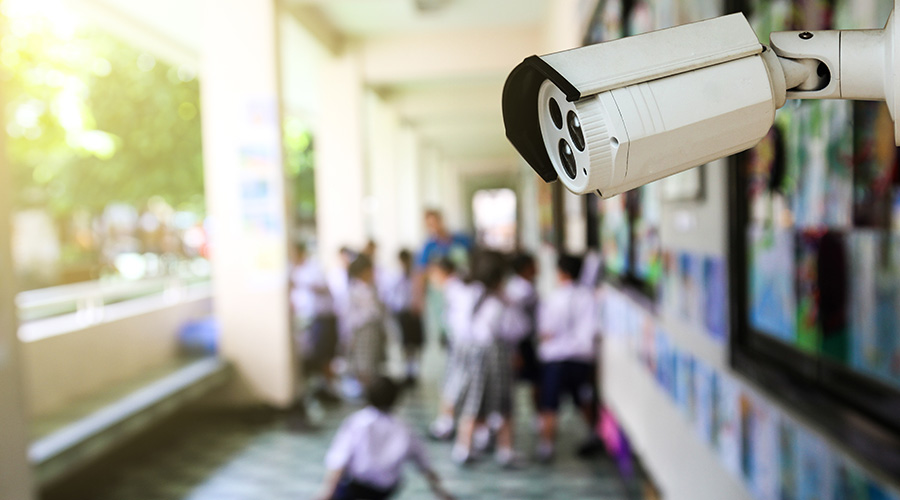In Securing Multitenant Facilities, Human Element Plays a Large Role
Good communication is not only effective; it's also cheap. But that doesn't mean it's easy. The problem, say security consultants, is that everyone has to be willing to meet on a regular basis to discuss security concerns. And they have to fully understand expectations and procedures.
"Everyone does fire drills," says Williams. "But you've got to take it beyond that." He mentions elevator entrapment and bomb threats. Those may not happen very often, but the building owner has to be prepared if they do occur. "You need to think about them," Williams says.
"A couple of years ago, in one of my buildings, a tenant got (a bomb threat)," he says. "They knew some of the issues but not all them, and they expected a far different response from the police and security staff than they got."
Williams says that the incident was a learning experience, not only about security, but also about tenants. "You've got to manage expectations," he says.
Kelly Klatt, chief executive officer for the Center for Security Solutions, advocates open lines of communication that are established from the outset of tenancy.
"A joint building committee with a representative or two from each tenant can look at emergencies and evacuation considerations, as well as day-to-day concerns, like when contractors for a specific tenant will tie up the freight elevator on a weekday," Klatt says.
Construction Complications
The need for communication isn't limited to owners and tenants. During construction, for example, it is imperative that operating staff be part of the construction meetings.
"Operators need to be there, because silly things happen during the construction," says Klatt.
An anecdote offered by Klatt illustrates what happens when operating staff aren't present in construction meetings; the story involved a hotel, but it could easily have been a multitenant office building.
On this project, the fire control room and security room were next to one another, but not connected. Had the operating staff been in the meetings, they could have stipulated the two rooms be connected via a short hallway. But that wasn't the case. As a result, the night security guard had to leave the security room with the cameras and walk around two rooms to gain access to the fire-control room. Ultimately, the situation was solved by putting a remote control panel in the security room that allowed night security staff to acknowledge alarms.
Related Topics:













